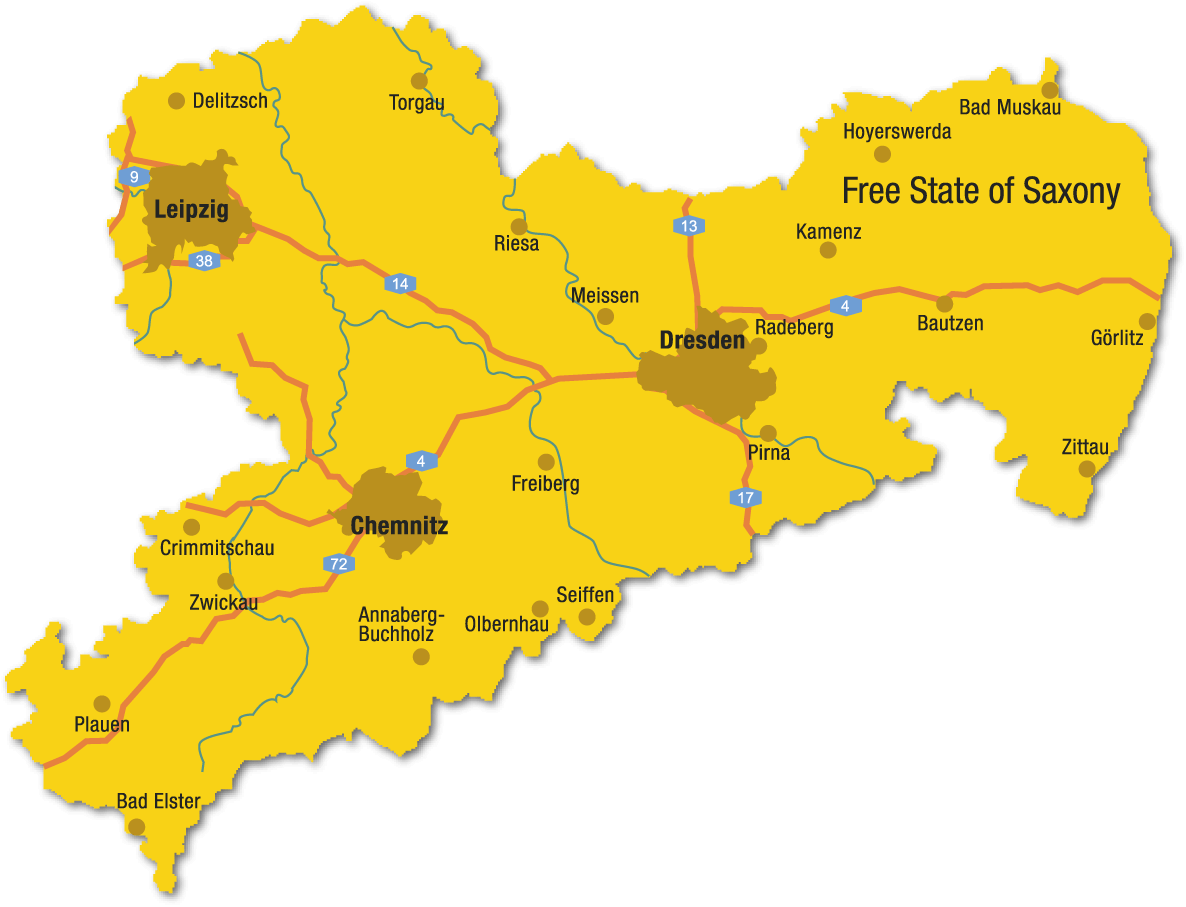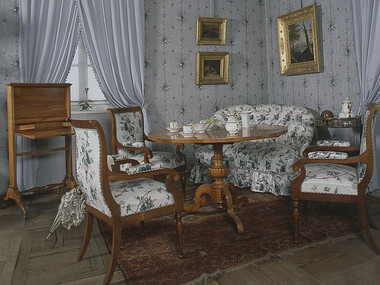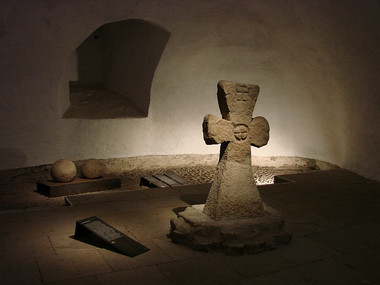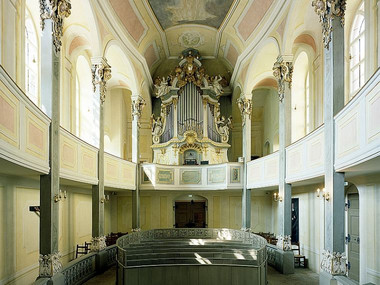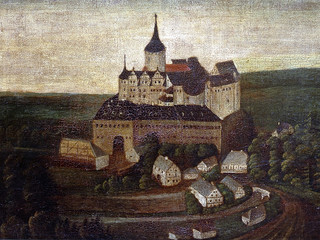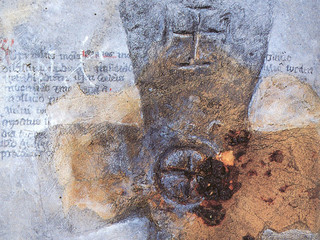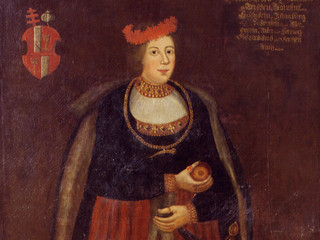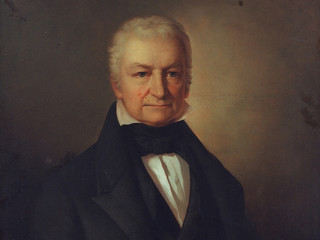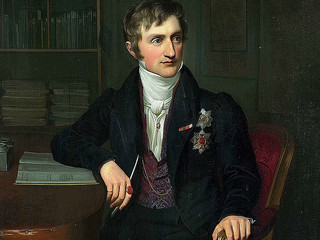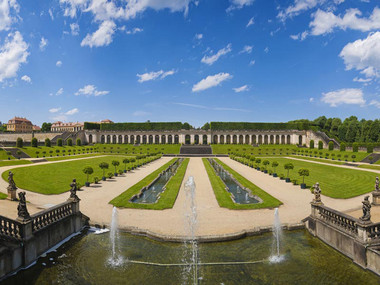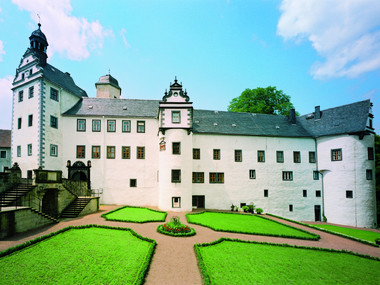History
History
According to archaeological finds, the history of Weesenstein Castle began over 800 years ago. As a medieval fortification, it was first mentioned in a document in 1318 as »Weysinberg, dem huse«. At that point in time, Weesenstein belonged to the directly imperial burgraviate of Dohna.
The burgraves of Dohna
According to archaeological finds, the history of Weesenstein Castle began as a medieval fortification over 800 years ago. It was first mentioned in a document in 1318. As a result of the so-called Dohna Feud (Dohnasche Fehde), Weesenstein became margravial fiefdom of Meissen and, for more than 350 years, the permanent residence of the Bünau family (Familie von Bünau).
The von Buenau family
Over twelve generations – from 1406 to 1772 –, the von Buenau family ruled over Weesenstein. Guenther von Buenau received the castle from Margrave William I of Meissen for his merits in chasing off the Dohna burgraves. Mainly in the 15th and 16th centuries, the Weesenstein lineage ranked among the most influential and wealthiest aristocratic houses in Saxony.
The von Uckermann family
The war in which the von Buenau family suffered severe losses helped a family of commoners to rise to nobility, prestige and wealth: the von Uckermann family. Contrary to the zeitgeist, a woman, Johanna Christiana von Uckermann, wife of Hessian Privy Councilor and Post Intendant General Johann Jacob, acquired Weesenstein Castle in 1772.
The Wettins
In 1830, King Anton of Saxony acquired the castle and manor of Weesenstein. He awarded the castle the rank of a royal house. The most well-known owner of Weesenstein, however, was his nephew, later King John of Saxony, whose great reputation up to now is less that of a statesman than that of a philosopher and scientist. Under the alias of Philalethes – friend of the truth –, he created a translation of “The Divine Comedy” by medieval scholar Dante Alighieri, which still in our day is regarded an unrivaled scientific achievement.
The castle lords of the 20th and 21st centuries
After the Saxon royals had sold the castle and manor of Weesenstein to the industrial magnate Alwin in 1917, silence descended on the castle. There were increasing marks of decay. Bauer’s heir was not in a financial position to maintain the castle and sold it. In 1933, the National Association of Saxon Homeland Protection acquired the Weesenstein property with the help of donations from the population and, one year later, founded the museum that still exists today.
In WW II, the rooms of the castle served to accommodate numerous treasures of art from Dresden. After 1945, responsibility for the castle and park was with the Weesenstein community. Today, the Weesenstein Castle and Park are the property of the Free State of Saxony.
Contact
Weesenstein Castle
Museumsladen
Am Schloßberg 1 | 01809 Müglitztal
Property of State Palaces, Castles and Gardens of Saxony, non profit
+49 (0) 35027 626-0
weesenstein@schloesserland-sachsen.de
Opening hours
Subject to modifications.
Ticket rates
- Full rate 8,00 EUR
- Reduced rate 7,00 EUR
Subject to modifications.
